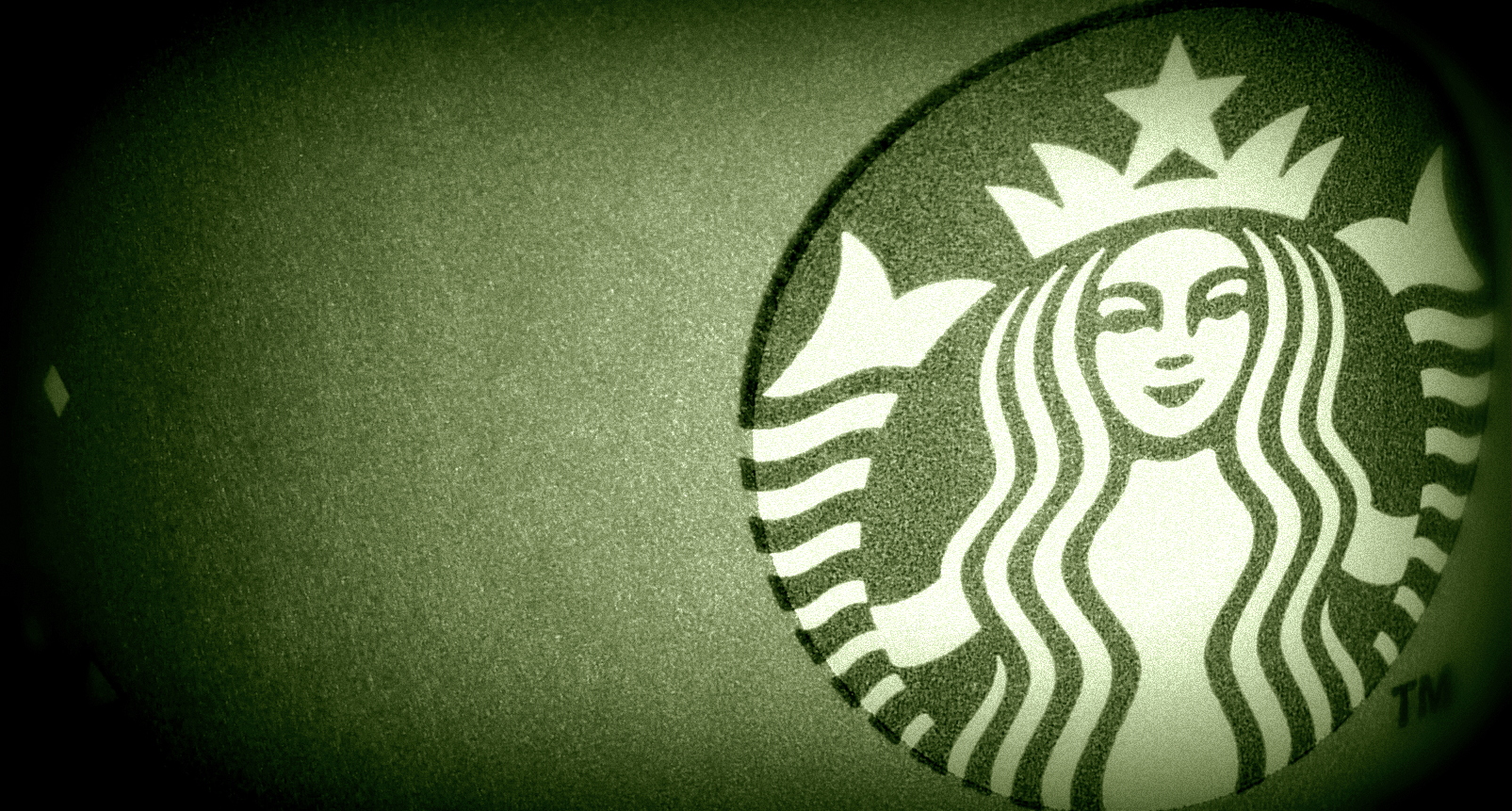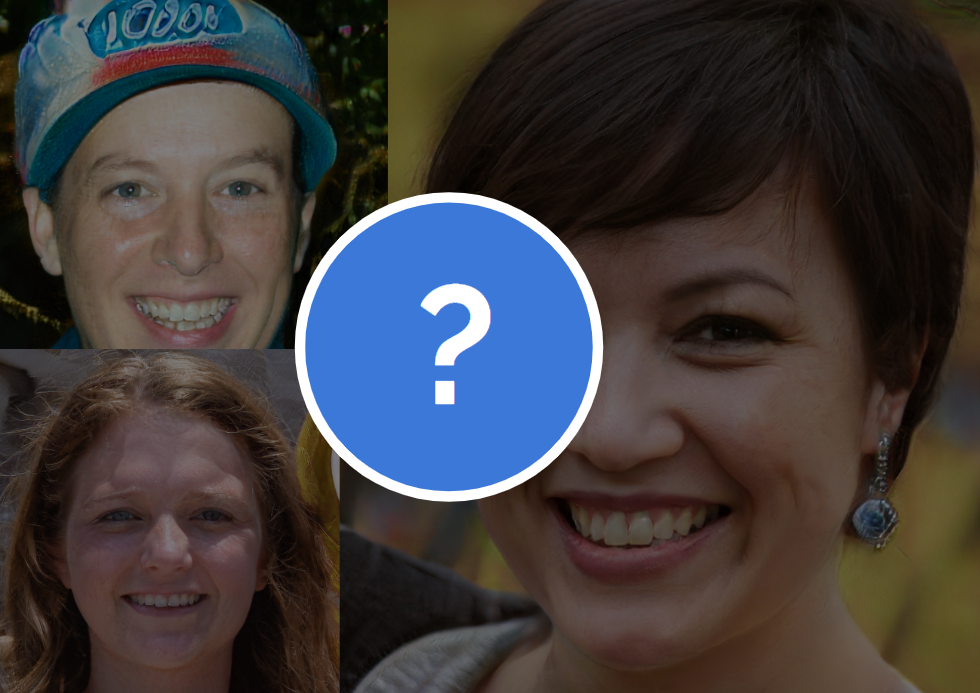This year, Starbucks announced that it would make its internet speed in coffee shops 10 times faster by switching from AT&T to Google. Though it has not revealed which 7,000 locations around the U.S. would receive the new Google internet first, I was lucky enough to experience it my hometown of Wichita, Kansas over the holidays. As I hopped on the Starbucks Wifi, I was greeted by a welcome page covered in Google logos. In a confused, still uncaffeinated stupor, I dared to try a speed test.
And it is awesome.
I mean, not just good enough for email, but good enough to watch Netflix (even ultra HD!), stream music, or, um, actually do work for a change and run one of our global live video events on Google Hangouts on Air.
Those familiar with Google Fiber may not be surprised that Kansas has some of the early adopters of the new WiFi. After all, our state capitol did change its name to Google for a month.
But what is surpising is how much this signals a shift. Back in 2008, Starbucks ditched T-Mobile for AT&T Wi-Fi, which showed a movement away from T-Mobile “hotspots” to the incentivization of AT&T data plans for smartphones. Then, Starbucks turned to free internet to remain current with competitors.
Now, we’re seeing a new shift as Google has made huge dents in both the smartphone and laptop market. Android has captured 81% of smartphone market share, while Google Chromebooks account for 21% of laptop sales in 2013. Not to mention the intimidating foray of Fiber into internet connectivity.
According to Wikipedia, Starbucks has 20,891 stores in 62 countries, and that’s growing daily. The comparison here might not be to AT&T and T-Mobile for mobile Wi-Fi access, but rather to when AT&T and Apple partnered to launch the iPhone. Bandwidth like this in a public place may not just threaten other carriers and internet providers, but even coworking spaces and office environments.
Sorry, playwrights and up-and-coming writers. Collaborating nerds are going to take over the local Starbucks. With speeds like this, Starbucks may even disrupt coworking spaces like 1776, which essentially rent seats to small teams with great bandwidth and good support.
Of course, this experience was in Kansas. As I returned to DC to find that our office Comcast had gone out again, I made my way over to Starbucks. Where I barely get 0.6 Mb/sec download speeds.
I had to remember: We’re not in Kansas anymore.
But perhaps soon in Starbucks, we might as well be.




